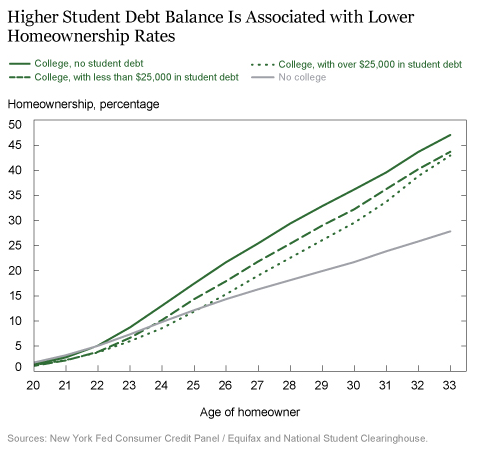One of the things I speak about when presenting to HR pros is there need to become part of the ‘Tribe’. Meaning, if you want to have your seat at the table, you want to gain influence with your leadership team, you need to become part of that tribe. How do you do that? Well, every tribe is different, you need to figure that out. There is no magical answer, but my guess is they have or do something in common. Find out what that is, and slowly work yourself into that tribe!
HR people struggle with this concept.
“Tim, I just want to do my job and go home!” Okay. Then stop bitching that you’re not getting any respect from your executives. You’re choosing not to be part of that tribe. Tribes take care of themselves.
You see, most HR pros place themselves on a professional island. Just Tom Hanks in Cast Away, they’re all by themselves, plus maybe there own little ‘Wilson’ comfort toy picked up at a SHRM conference, a Monster stuffed animal, a Careerbuilder ‘recruiter’ doll, you know the ones!
I have a really, really cool tribe. In fact, I have many tribes. First and foremost of have my family. My HRU tribe is next. I probably spend more time with them, then my real family on a daily basis! I also have a number of other personal tribes around youth sports, neighborhood, etc.
My FOT tribe is professionally very cool and satisfying. It’s a group of HR and Talent bloggers who are super smart and snarky, and they make me laugh every day. I support this tribe and they support me. They make my professional world better. They help make me get excited about what I do, and how I do it. They challenge me to be better. There are many subsets of that tribe, like the 8 Man Rotation tribe, the greater HR blogger tribe, etc.
Tribes are important.
HR and Talent Acquisition pros need to take down their locked HR office doors. Take them right off the hinges. Get out and start getting involved with professional tribes. Start in your own organization first. Do you support a department or client group? Get into that tribe, now! Go to lunch with them. Go for drinks after work on Friday. Bake cookies and bring them to the tribes. All tribes like to eat and drink! Never underestimate the importance of being a part of that tribe.
I hear from HR pros who tell me all the time, “Tim, ‘they’ just won’t listen to me. How do I get them to listen?” My first question is to ask them what relationship they have with whoever isn’t listening. That answer is usually, none, or next to none. They aren’t part of that tribe. That’s the real problem.
I’m not saying it’s easy to break into every tribe. It might not be, but that shouldn’t stop you from trying. Also, you can create your own professional tribes. There are so many people just like you that just want to be a part of a tribe. Go find them! Start a tribe. You’ll be better for it.
Some of my Tribe and I will be at SHRM Talent next week speaking and hanging out. If you’re going reach out to me and let’s connect! Maybe you’ll become a part of my tribe!

